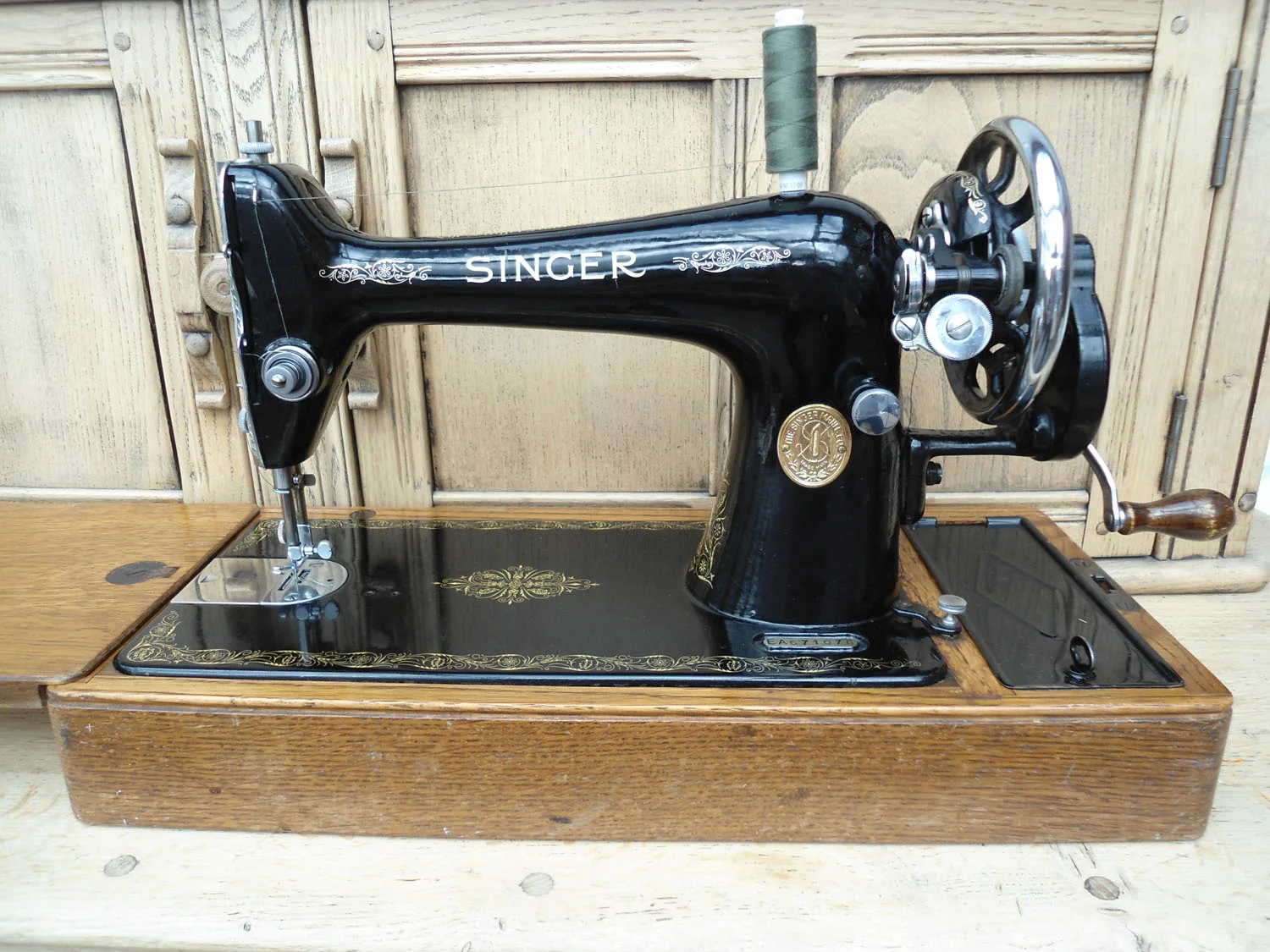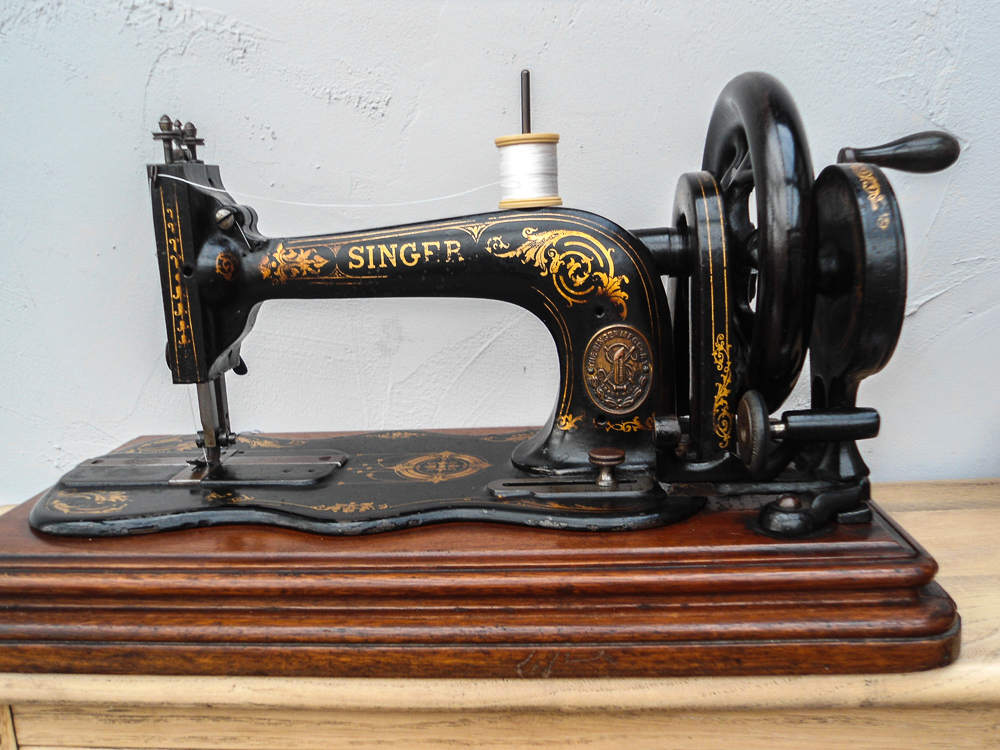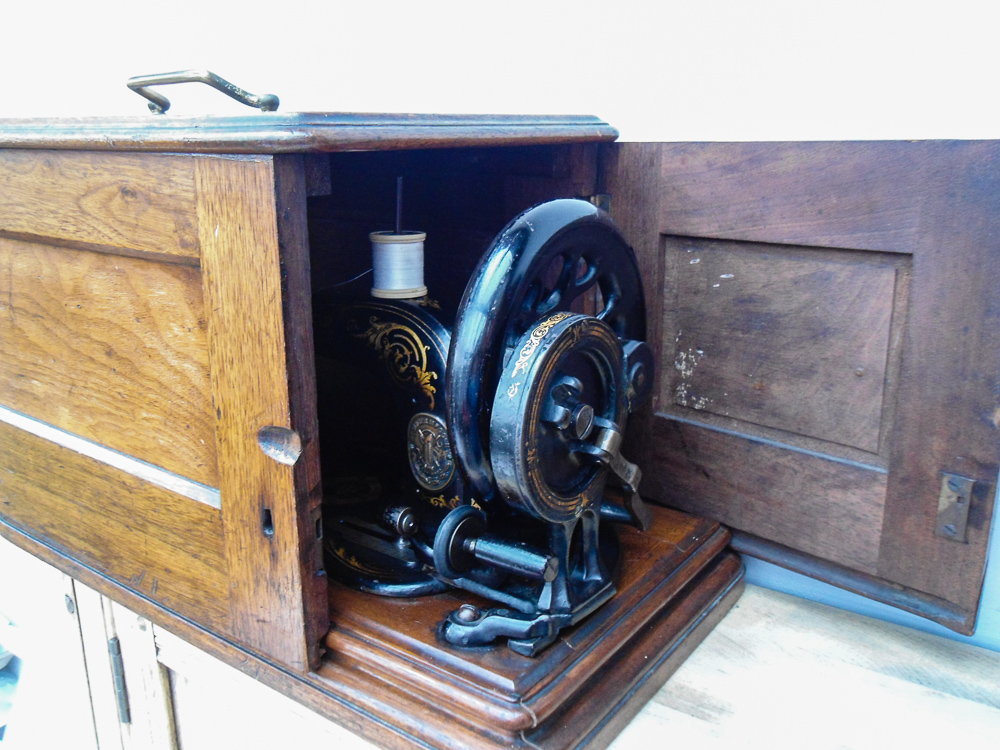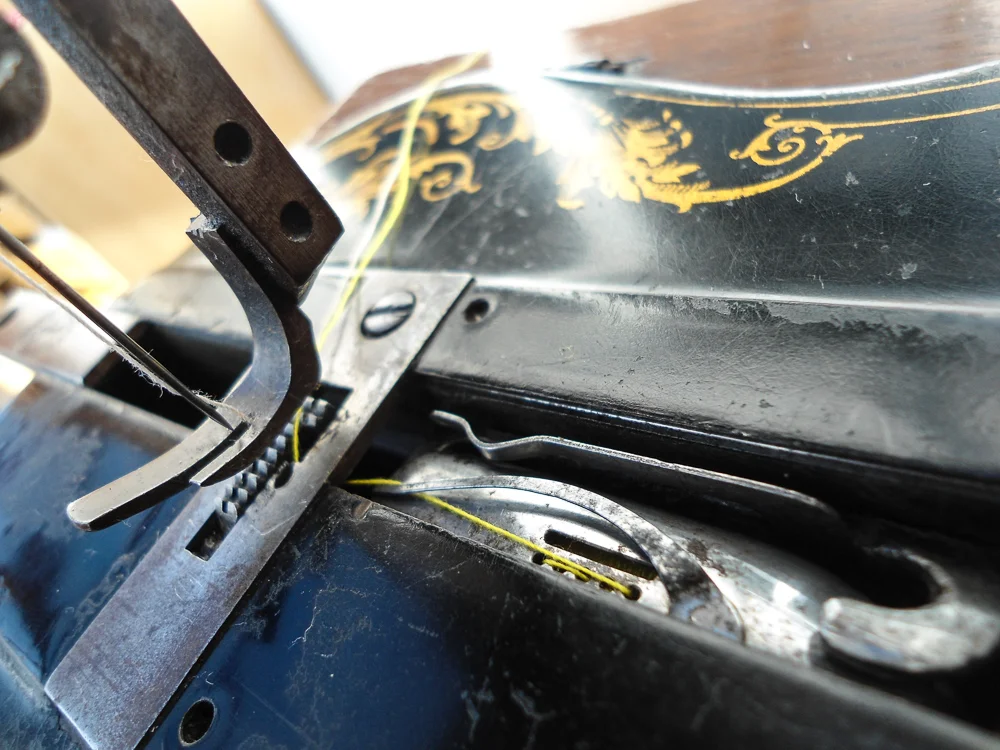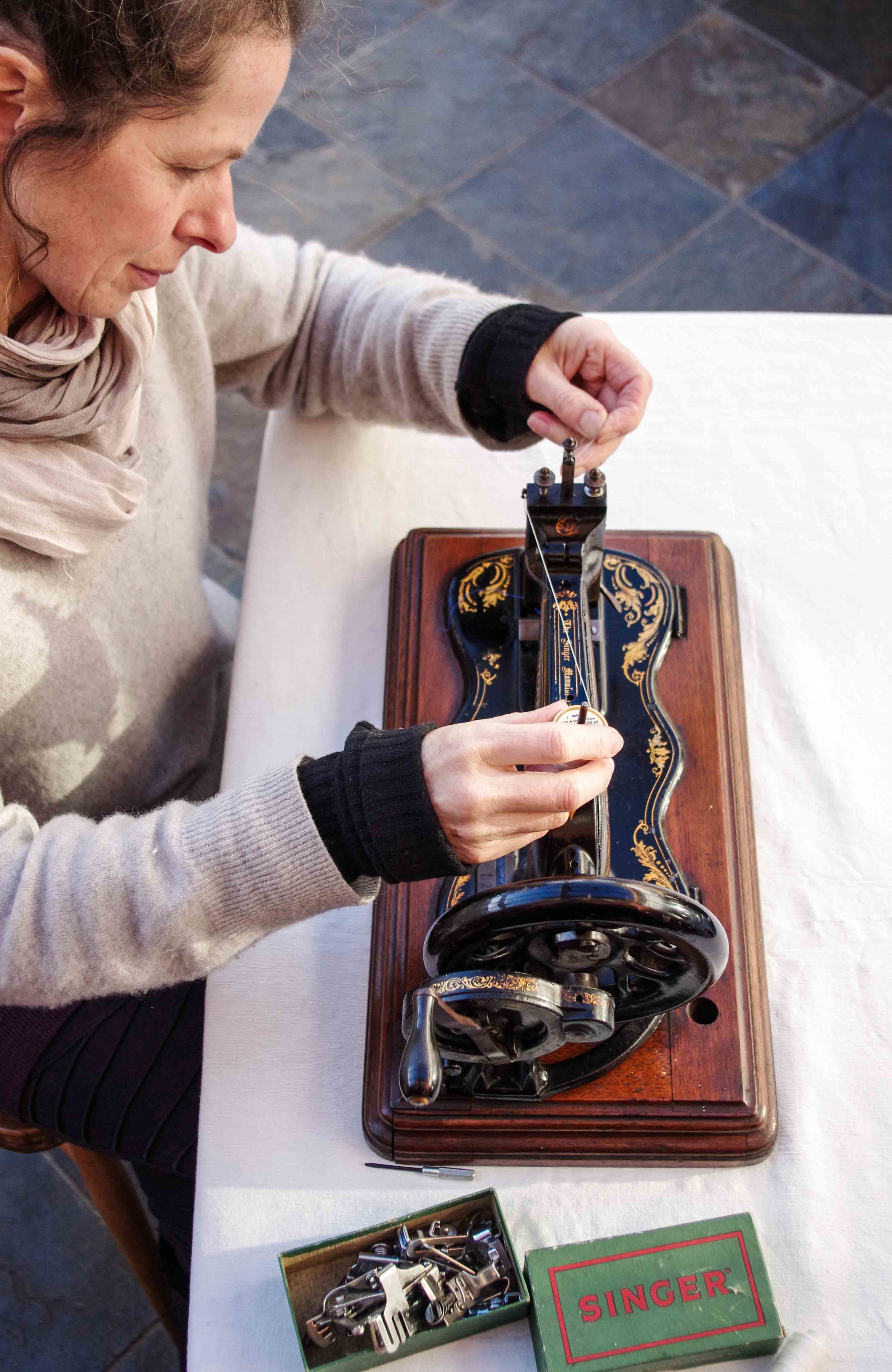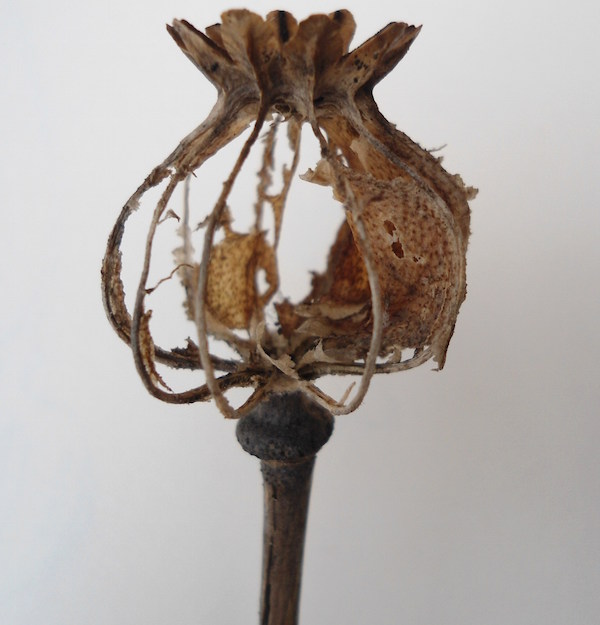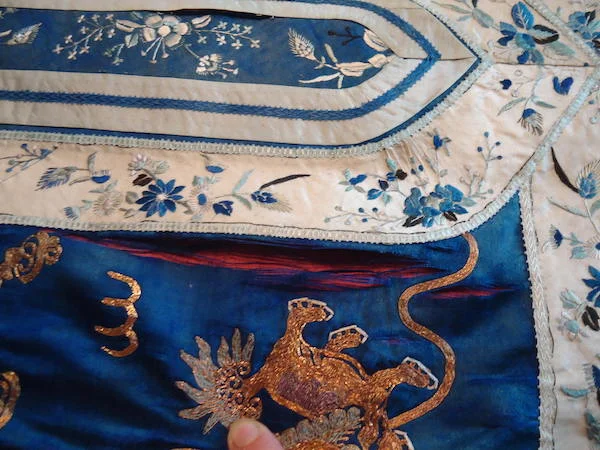For some time now, I have been gathering sketches of yellow flag iris.
I love the complex, exuberant shapes of the flowers, and the tall spiky leaves. I also love the way they sit in the landscape; hunkered down in the low boggy places, lovely splashes of bright colour. They really are eye catching 'flags' out there.
When I first attempted a yellow flag textile piece, I wasn't too happy with the result. I used the same natural cotton calico that I use for much of my work, but it just didn't give enough contrast with the yellow. So this time, I have used a slightly darker grey fabric for the background, and have created a layer of iris leaves in dark green and grey, before placing the flower shapes.
I am so much happier with the stronger contrast. The yellows against the darker shades is much more what I was after. After all the pieces were carefully cut out and placed, I stitched over them using several shades of threads, adding highlights, shading and details.
The finished pieces, framed in a dark, charcoal grey. They are now hanging at Gallery 45, Felton, as part of my exhibition there. (10th Sept - 4th Nov 2016). www.feltongallery45.co.uk














